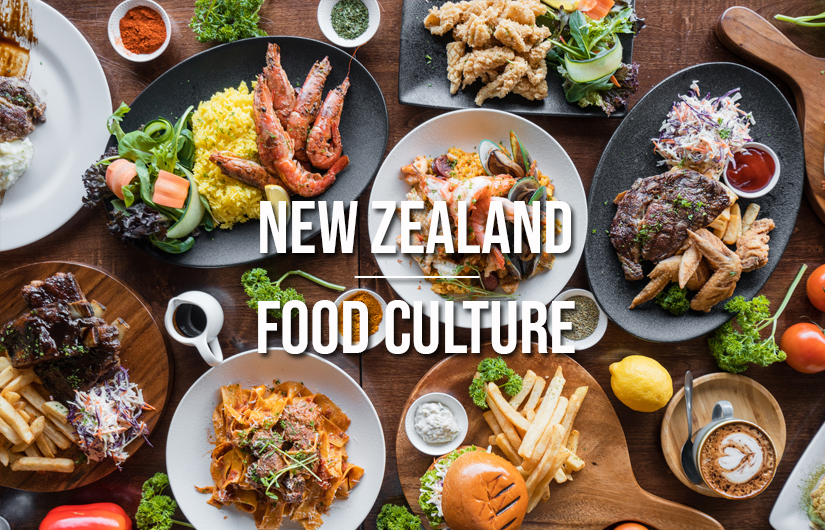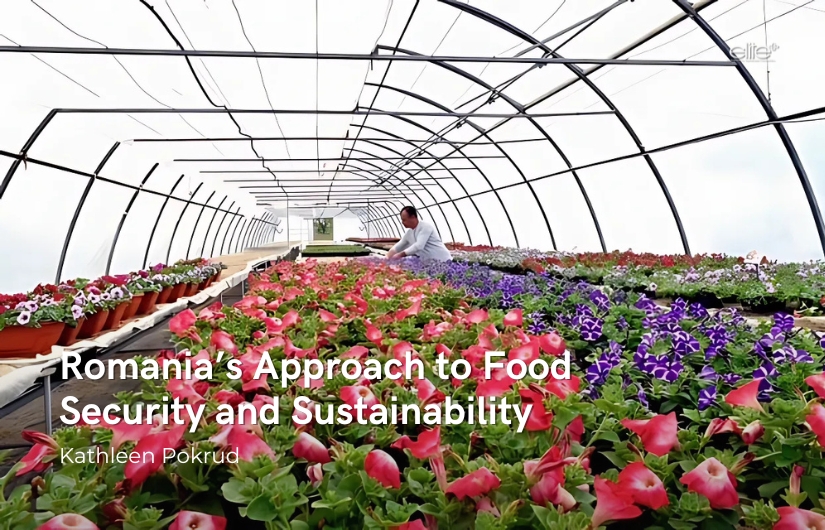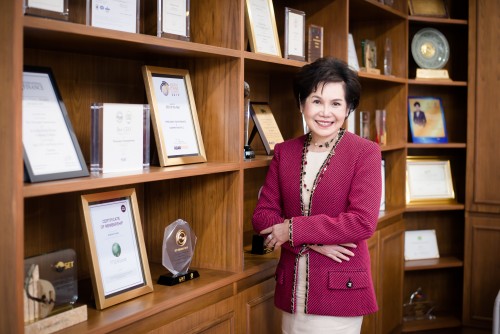New Zealand is an island nation with a primarily agricultural-driven economy. The cuisine is influenced by the availability of local ingredients and seasonal variations. The country blossoms and is blessed with abundant produce from land and sea. I sat down with HE Ambassador Jonathan Kings to talk about the history of New Zealand culinary identity, and he called upon Chef Brad Chuensomsong, a very talented Māori Thai chef who reached the finals on MasterChef Thailand, to illustrate delicious modern New Zealand food for Elite+ .
 Ambassador Jonathan began with a quote. “Toitū te marae a Tane-Mahuta, Toitū te marae a Tangaroa, Toitū te tangata,” which translates, “If the land is well and the sea is well, the people will thrive.” He went on, “Ever since people first arrived in Aotearoa, which means New Zealand, we have understood the need to care for our precious environment. Like Thai people, we pay respect to the land and the ocean that encircles us. Important to us is ‘kaitiakitanga’, which means guardianship, protection, preservation or sheltering. It is a way of managing the environment, based on the traditional Māori world view. We also need to demonstrate ‘manakitanga’, which means respect and care for others.”
Ambassador Jonathan began with a quote. “Toitū te marae a Tane-Mahuta, Toitū te marae a Tangaroa, Toitū te tangata,” which translates, “If the land is well and the sea is well, the people will thrive.” He went on, “Ever since people first arrived in Aotearoa, which means New Zealand, we have understood the need to care for our precious environment. Like Thai people, we pay respect to the land and the ocean that encircles us. Important to us is ‘kaitiakitanga’, which means guardianship, protection, preservation or sheltering. It is a way of managing the environment, based on the traditional Māori world view. We also need to demonstrate ‘manakitanga’, which means respect and care for others.”
Ambassador Jonathan further explained what paying respect to the land and the ocean means for New Zealand’s production of food. “New Zealand’s natural environment, climate, location and clean air make it ideal for almost every kind of food production, from horticulture and cropping to seafood and farming. People in Thailand may be familiar with New Zealand dairy products, lamb, beef, kiwifruit, apples and seafood. All these items, and many other New Zealand food and beverage products, are available in shops in Thailand. Consumers can be confident that these products are safe. We have clear food safety laws that apply across the food production supply chain from farm to plate, to ensure food is safe to eat. Any food exported from New Zealand must meet strict export laws. New Zealand is proud to share its products with the rest of the world. It is a trusted supplier of high quality and safe food to consumers in more than 100 countries. However, we have to care for the environment that produces these products. So ethical and sustainable production is very important to us.”
Ambassador Jonathan was keen to stress that the production of food in New Zealand continues to develop. “When I was a child, the range of food was much more limited than it is now. For example, I had never tasted avocados until I was an adult. Over the past 20 years, New Zealand wine, honey, aquaculture and avocados have all materialised from almost nothing into world leading sectors. Marlborough, a well-known wine producing region, first planted grapes in the 1970s.”
Ambassador Jonathan emphasized, “Another factor contributing to the growth in the variety of food products available has been the arrival of migrants to New Zealand. There are over 200 ethnic groups living in New Zealand and each has contributed to its cuisine. So, what can one eat and drink in New Zealand? The 32,000 Thai tourists who have visited New Zealand annually and the 3,000 Thai students who have studied there annually will know that the cuisine is varied.”
“A traditional Maori ‘hangi’, where fish, meat and vegetables are cooked gently in a pit dug in the ground is a wonderful way to feed a large group. The food is put in baskets that are placed on hot stones at the bottom of a pit. The food is then covered with a cloth and earth to seal the pit. The meat and vegetables are cooked to melting tenderness and emerge infused with a faint smoky flavour.”
Ambassador Jonathan gave another example, saying, “Marinated raw fish salad, which includes coconut milk, is a very popular dish eaten throughout the Pacific that was brought to New Zealand by people migrating from the Pacific. It can only be made with totally fresh fish, which New Zealand is blessed with. The fishing stock is protected, however, by a quota system, to ensure sustainability and prevent overfishing.”
On the other hand, “Migrants from Europe brought with them a demand for what was seen then as exotic, for example salami, olive oil and anchovies. My wife’s first job during her high school holidays was in a shop that sold coffee beans. She can remember that almost all the customers buying coffee beans were migrants from Europe and that everyone else drank instant coffee. She loved hearing the different accents and was impressed with the politeness of the customers. When the men would raise their hats to her, a fifteen-year-old, she thought that was very sophisticated.”
Ambassador Jonathan candidly shared, “For Thai people wanting a taste of home, there are plenty of Thai restaurants in New Zealand serving many of the delicious dishes that I enjoy in Bangkok.”
Ambassador Jonathan explained what it is that makes New Zealand cuisine distinctive. “I would describe modern New Zealand cuisine as having influences from everywhere in the world, but unmistakably made from tasty, safe, nutritious and ethically produced ingredients. Currently, there is greater use of indigenous food in restaurants in New Zealand, often making use of native flora such as ‘horopito’, a pepper; kawakawa leaves that have a light mint flavour and are used to make tea; seaweed and ‘kowhitiwaiti’, a local watercress.
For this article, Ambassador Kings asked Chef Brad to prepare two typical New Zealand dishes.
The first, called A Modern Take on Māori Boil Up, is a typical Māori comfort food. Chef Brad explains, “It’s a perfect combination of a hearty broth of pork with cabbage and potatoes, especially kumara and watercress. I remember when I was a child, my nana made a ‘Boil Up’, but I wasn’t into hot soup; then, I grew to appreciate it more as I grew older. You could say it is now one of my favourites. Here I used pork ribs, kale and watercress along with purple kumara, pumpkin and russet potatoes. My take on the classic Boil Up is an addition of pickled shallots, and I charred my greens and ribs to give an extra smoky flavour. I usually serve this with garlic bread.”
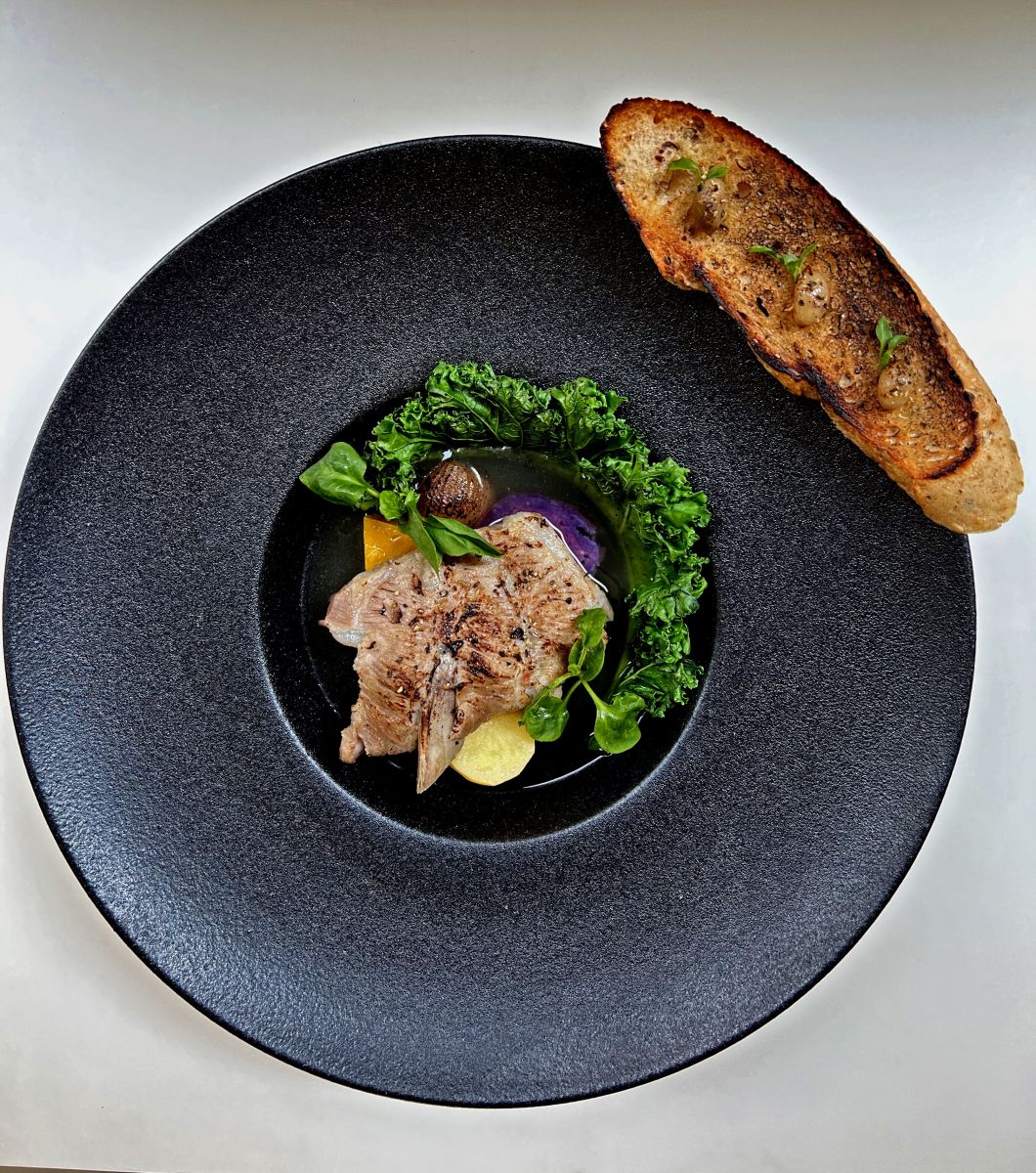
The second dish Chef Brad created was ‘Manuka Gelato with Gingernut Biscuit Crumbs and Hokey Pokey’. He says “This just can’t get any more Maori than this. Gingernut Biscuit & Hokey Pokey are staples in our pantry. The flavour combination is one I have been familiar with since I was a child. Manuka Honey has a distinct flavour of caramel and floral notes coupled with a hint of ginger and a crunchy Hokey Pokey. It is an experience in itself.”
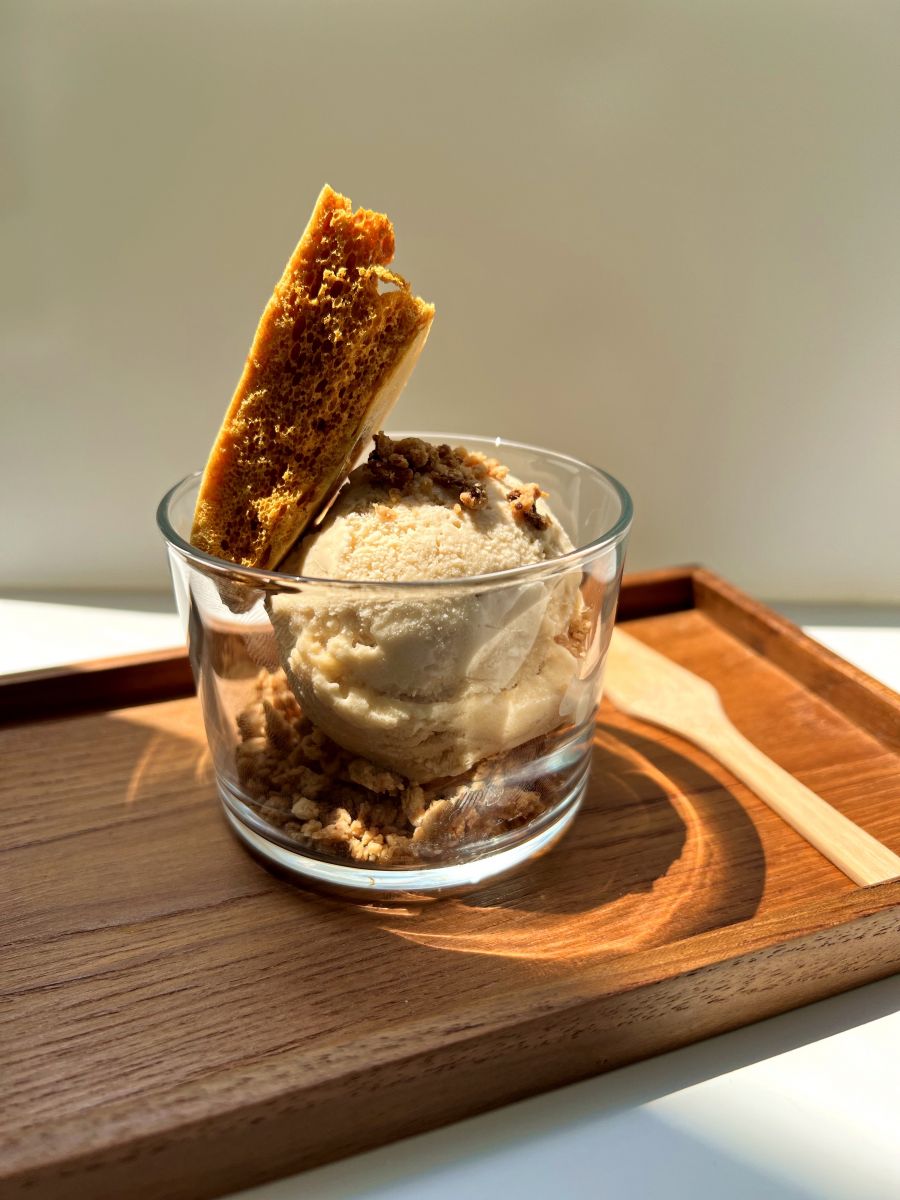
Ambassador Jonathan recommended the following produce, which are available in good supermarkets. “We are known for kiwifruit and apples, especially Envy, Jazz, Pink Lady, Ambrosia, Dazzle, Breeze, Sonya, Gala and my personal favourite, Granny Smith. Our persimmons, avocados and cherries are delicious, too.”
Who would not have seen a photo of New Zealand with sheep and cows? Ambassador Jonathan pointed out that many years ago New Zealand produced strong flavoured lamb, which is not to everyone’s taste, particularly people in Asia. These days, the lamb is mild and slightly sweet, perfect in his view for many dishes, from stir-fry to curry to BBQ. One can also experience more exotic meats from New Zealand. The country is the world’s largest exporter of venison. New Zealand cheese and butter and, of course, milk, is also widely available in Thailand. One of the unique characteristics of New Zealand dairy products, especially butter, is the yellow gold colour because of the beta-carotene found in cows that are grass-fed. The cows roam freely, just like free-range hens, and are raised more naturally, with less intervention, which is better for their welfare.
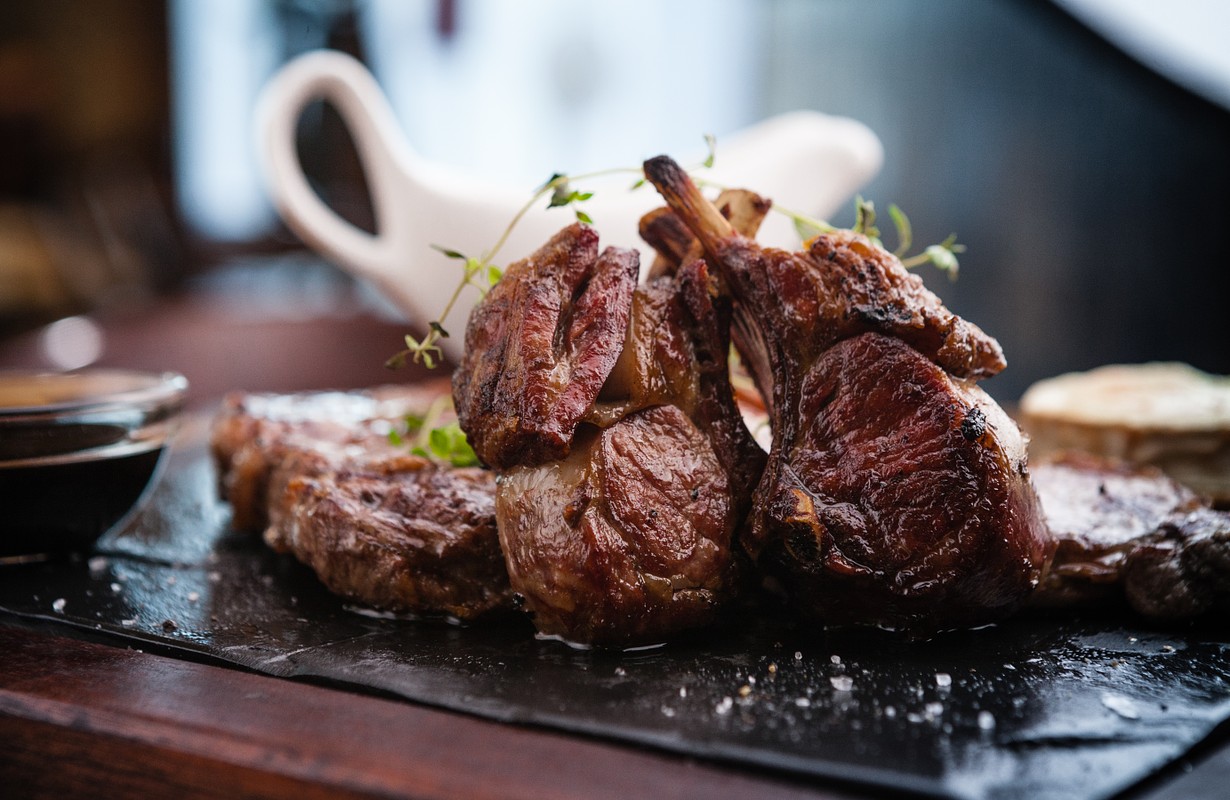
One dish Ambassador Jonathan highlighted and often serves to guests is salmon. New Zealand King salmon has no additives or preservatives and is easy to cook. He observed that New Zealand honey is very popular in Thailand, explaining that Manuka honey was used by Maori, not only as a food, but also for its medicinal qualities. It was, and still is, used for healing wounds and burns. Along with honey, New Zealanders also like chocolate. A popular brand, Whittaker’s, is produced in Wellington, the ambassador’s hometown. It does not contain palm oil and comes in quintessentially New Zealand flavours, for example, Hokey Pokey, that Chef Brad used in his dessert.
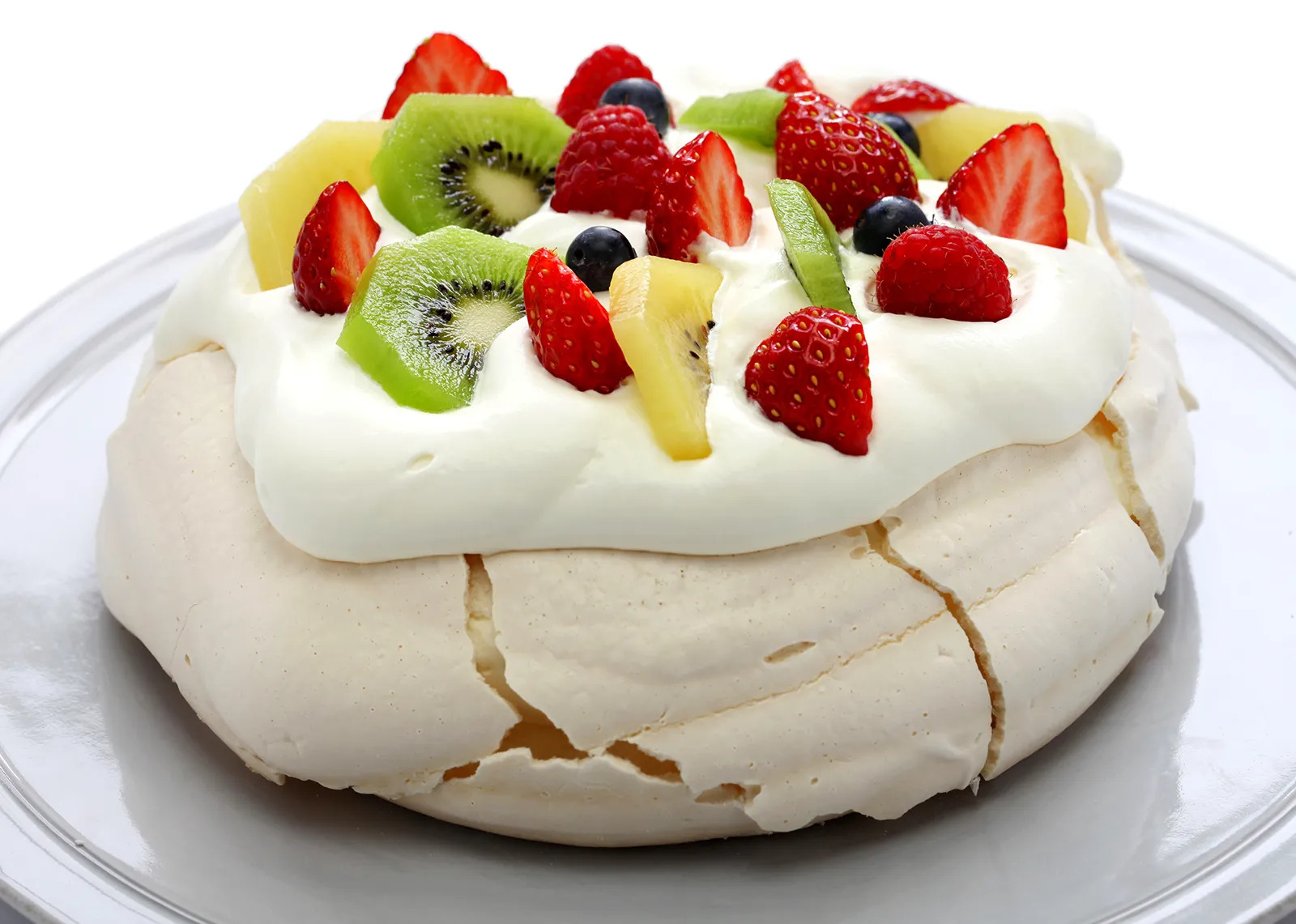
As our interview drew to a close, Ambassador Jonathan addressed a controversial subject. “I will not stoke the New Zealand - Australia rivalry about who invented the famous dessert pavlova, but I will say that it tastes best with New Zealand produced cream and kiwifruit piled on top!”
Ambassador Jonathan concluded by sharing with readers a Maori proverb, which he says reminds him that New Zealand cuisine starts with the importance of caring for the land: “’Whatungarongaro te tangata toitū te whenua,’ which translates, ‘While people come and go, the land remains.’”


